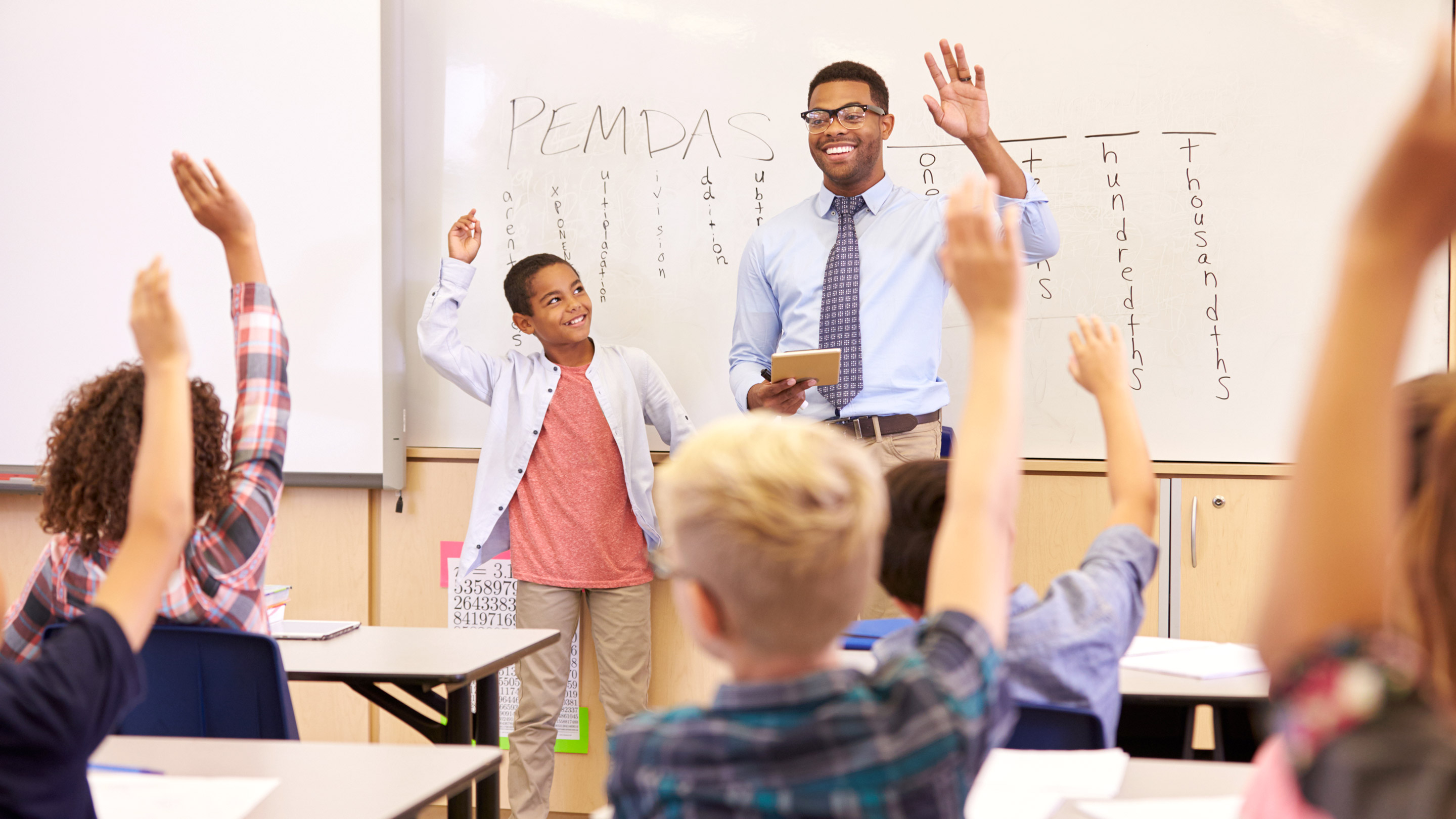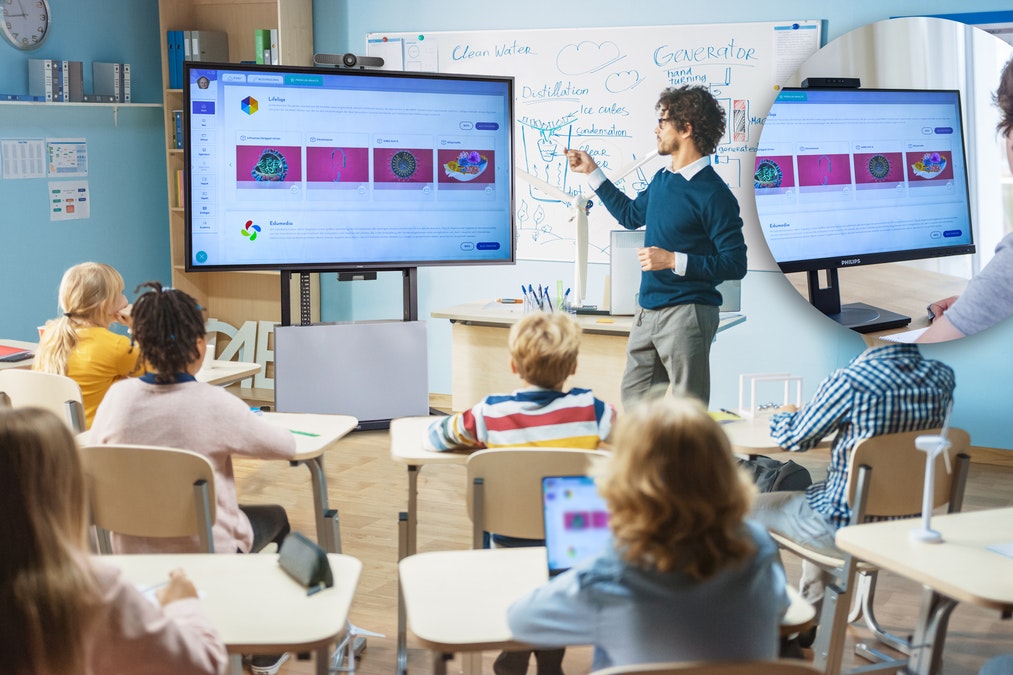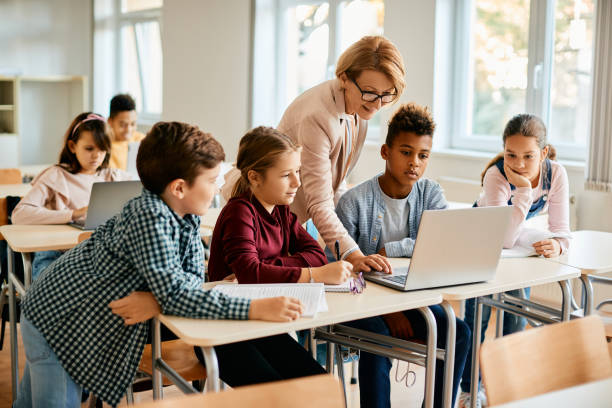Discover the Best Primary Science Tuition Singapore for Your Learning Journey
Discover the Best Primary Science Tuition Singapore for Your Learning Journey
Blog Article
Discovering the Various Teaching Techniques in Primary Science Education And Learning Today
The landscape of primary scientific research education and learning is developing, with different teaching techniques obtaining importance in modern class. Inquiry-based discovering, hands-on experiments, and the integration of innovation are redefining just how instructors engage young minds. Additionally, collaborative methods and separated instruction are being utilized to deal with the diverse demands of pupils, boosting both engagement and understanding. As we take a look at these techniques, questions occur regarding their performance and the effects for future educational methods. What might these shifts in technique mean for the future generation of learners?
Inquiry-Based Understanding
Inquiry-Based Understanding (IBL) is an instructional approach that urges pupils to discover clinical ideas with questioning, investigation, and hands-on experimentation. This method emphasizes the duty of trainees as energetic participants in their learning, advertising critical thinking and analytical abilities. By involving with real-world concerns, trainees become motivated and interested, which boosts their understanding of clinical principles.
In IBL, teachers work as facilitators, assisting trainees as they navigate their questions instead of supplying details directly. This student-centered technique permits differentiation, fitting various finding out rates and designs. Trainees develop skills in formulating hypotheses, making experiments, and assessing information, which are critical for clinical literacy.
In addition, IBL promotes partnership amongst trainees, urging them to share ideas and searchings for. This collective query promotes social abilities and a sense of area within the classroom. The procedure of query encourages strength, as trainees discover to accept failure as a tipping rock toward understanding.
Hands-On Experiments
Hands-on experiments are an essential element of effective science education and learning, complementing the concepts of inquiry-based learning. These experiments allow students to engage straight with scientific principles, cultivating a much deeper understanding with experiential understanding. By adjusting materials and observing outcomes, young students can realize abstract theories in tangible means.
Such tasks advertise vital thinking and analytic abilities, as students assume results, conduct experiments, and assess outcomes. This process urges them to ask inquiries, improve their understanding, and create a clinical way of thinking. Hands-on experiments can be tailored to varied knowing designs, making sure that all trainees have the possibility to involve meaningfully with the web content.
Moreover, hands-on experiments usually encourage partnership amongst peers, promoting synergy and communication skills. Working in groups allows students to share ideas, go over findings, and pick up from each other, which improves their overall academic experience.
Integrating hands-on experiments into the primary science educational program not just improves the finding out atmosphere but likewise cultivates a long-lasting passion in science. By proactively taking part in their education and learning, students are a lot more likely to create an interest for clinical questions that extends past the classroom.

Innovation Assimilation
Incorporating innovation into primary scientific research education has actually ended up being significantly important in cultivating pupil interaction and improving finding out end results. Using electronic devices, such as interactive simulations, digital labs, and instructional software, gives students with chances to check out scientific ideas in ingenious methods. These resources promote a deeper understanding of complex topics by enabling learners to envision and adjust variables that would be unwise in a standard classroom setting.
In addition, modern technology integration encourages customized discovering experiences. Pupils can progress at their own pace, reviewing tough principles with multimedia resources, which satisfy different knowing styles. This adaptability not just sustains specific growth yet likewise cultivates a feeling of autonomy in learners.
Additionally, modern technology acts as a bridge to real-world scientific research, linking pupils with current study and specialist contributions. Accessibility to clinical journals and online databases expands pupils' perspectives on scientific query and promotes crucial thinking abilities.
Collaborative Learning
Collaborative knowing plays a vital role in main scientific research education by cultivating teamwork and communication skills amongst pupils. This method motivates students to interact, share understanding, and participate in analytical, which enhances their understanding of scientific principles. By taking part in team activities, pupils find out to articulate their ideas, listen to varied viewpoints, and discuss solutions, all of which are important skills in both real-world and scholastic contexts.

Study suggests that joint discovering can lead to increased inspiration and engagement in science subjects, as pupils locate enjoyment in shared experiences (primary science tuition Singapore). Furthermore, this technique prepares pupils for future collective undertakings, furnishing them with the abilities needed for efficient team effort in higher education and learning and expert settings. Ultimately, welcoming collective knowing in key scientific research education and learning can considerably improve the discovering experience and promote a much deeper understanding of clinical query
Distinguished Direction

Set apart direction can manifest in different ways, such as varying the web content, procedures, or products of discovering. Instructors might utilize tiered jobs that offer differing degrees of complexity, allowing trainees to function at their respective readiness degrees. Additionally, adaptable organizing approaches can assist in partnership amongst students with different capacities, cultivating peer learning.
Evaluation plays a crucial role in this technique, as it notifies guideline and aids teachers recognize each pupil's unique demands. Developmental analyses, such as tests and observations, can assist teachers in adjusting their approaches to enhance finding out end results. primary science tuition Singapore. Eventually, by carrying out differentiated direction in key scientific research education and learning, educators can cultivate a more fair and efficient understanding atmosphere, equipping all pupils to reach their full potential in understanding clinical sensations
Conclusion
In summary, the varied mentor methods in primary visit our website scientific research education, including inquiry-based discovering, hands-on experiments, technology assimilation, joint discovering, and differentiated direction, collectively add to an extra reliable knowing environment. These approaches advertise essential reasoning, analytical skills, and a much deeper comprehension of scientific principles. By carrying out these approaches, instructors can create appealing and encouraging classrooms that deal with the different needs of trainees, ultimately fostering a lifelong rate of interest in science and enhancing scholastic accomplishment.
Inquiry-Based Learning (IBL) is an instructional method that motivates pupils to check out clinical ideas with doubting, examination, and hands-on experimentation.Collaborative discovering plays an essential duty in key science education and learning by fostering team effort and communication abilities amongst pupils.Research suggests that joint understanding can lead to increased inspiration and interaction in scientific research subjects, as trainees find satisfaction in common experiences.In fostering a comprehensive understanding environment, separated guideline arises as a vital approach to suit the diverse requirements and capacities of trainees in primary science education and learning. Eventually, by implementing distinguished guideline in main scientific research education and learning, instructors can grow a more effective and equitable discovering setting, encouraging all trainees to reach their full capacity in understanding scientific sensations.
Report this page